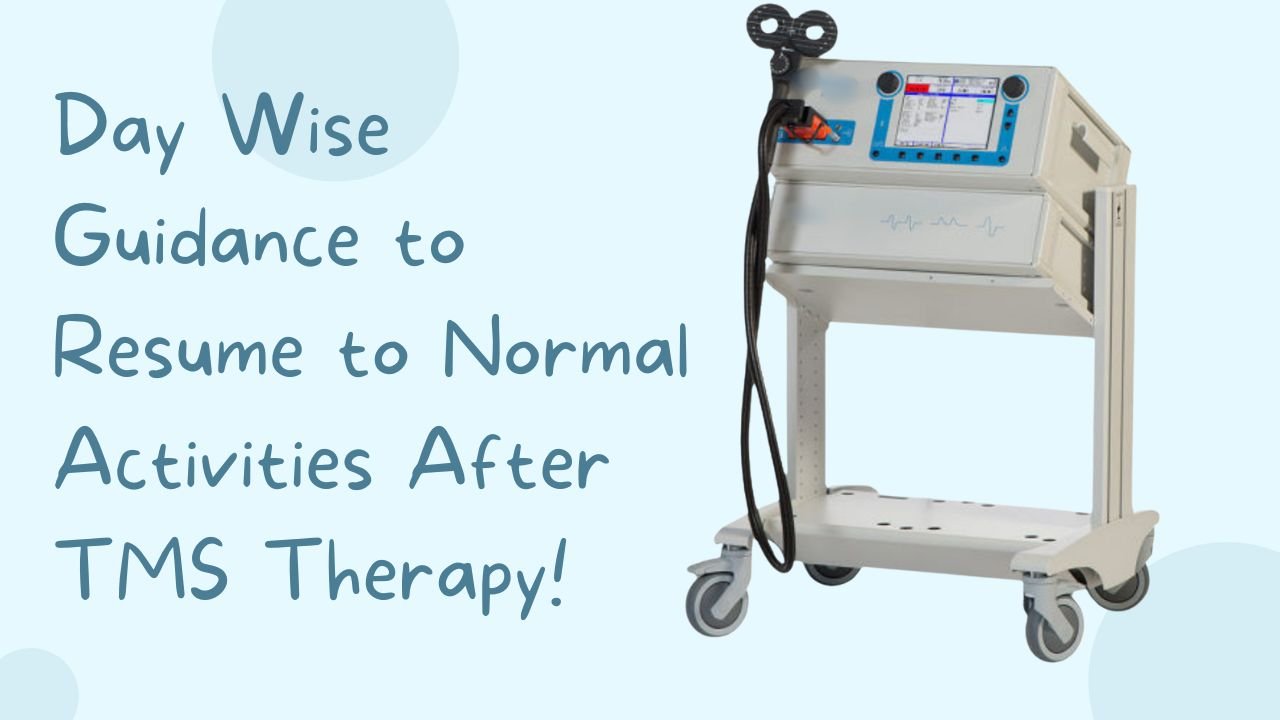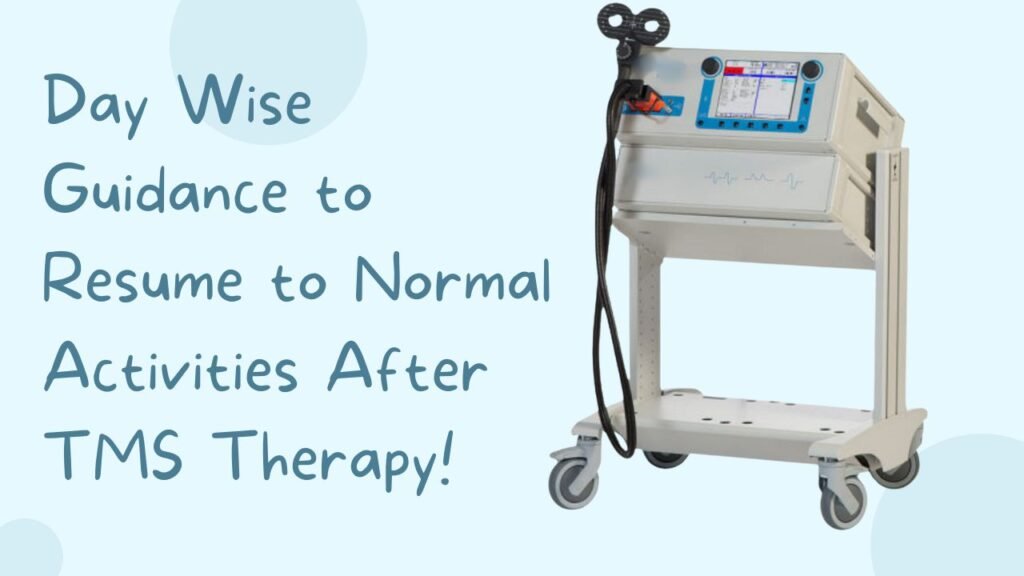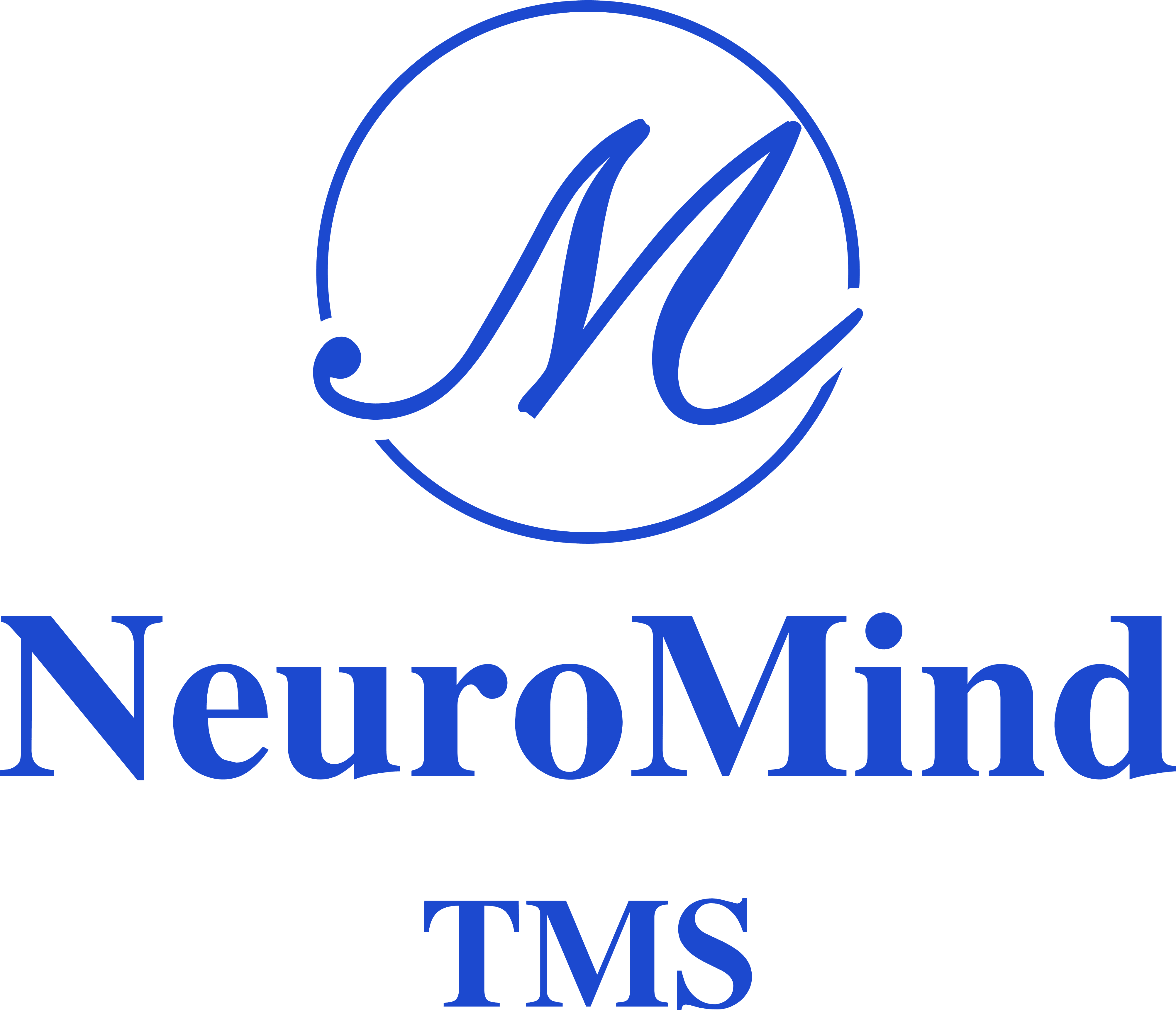
Every single element of life can be severely impacted by depression, which frequently makes even the most basic everyday duties seem like overwhelming undertakings. An individual’s capacity to engage in work, hobbies, social contacts, as well as personal care may be significantly hampered by the energy depletion, prevailing sorrow, loss of interest, as well as complications concentrating. Transcranial Magnetic Stimulation or TMS therapy is a non-invasive, drug-free option that has showcased great potential in assisting people regain their lives when conventional therapies like medicine & psychotherapy have not been effective enough. Transcranial Stimulation For Depression aims towards the process to restore balance to brain activity that may be underactive in depression by stimulating mood-controlling nerve cells in the brain with magnetic fields.
After experiencing the crippling symptoms of depression, the path back to a fulfilling life is immensely crucial. Regaining the skills to carry out everyday duties, communicate with loved ones, as well as follow passions, is about more than simply being functional, as it’s about finding one’s identity & purpose again.
Well, verifying the crucial aspects of TMS requires knowing exactly how to progressively re-engage with life after the treatment.

Day 1-3: Gentle Re-engagement & Observation
You may experience mild changes in your mood or energy levels just after finishing your Transcranial Stimulation for Depression course. Observation, along with gradual re-engagement, is the central focus of the first few days. Usually, you can immediately resume your regular activities, like going to work or doing simple household work. But don’t put too much stress on yourself & keep an eye on your mood as well as energy levels. Deliver yourself permission to stay relaxed in case you are feeling tired.
Week 1-2: Enhancing Gradually with Symptom Monitoring
You can progressively update your activity level as you enter the first few weeks, just after you have completed TMS. Now, try going on short, stress-free trips with your friends or family members, and adding mild exercises like strolling, meditation, in case you previously found it complicated to interact with individuals or work out. Additionally, now is a great time to resume interests you had but were not fully able to pursue due to depression. During this time, keep a careful eye on your symptoms.
Beyond Week-2: Consolidating Skills & Lifestyle Integration
Consolidating the benefits of TMS For Depression as well as incorporating the same into a long-term, is the aim after two weeks & beyond. This thing ensures regularly get back into the things that make you happy & meaningful. Make an effort to develop healthy habits, like eating a balanced diet, exercising frequently, getting enough sleep, as well as maintaining close relationships with others. Isolation can be a common side effect of depression, & deliberately reestablishing social networks is an effective healing strategy. Keep going to your TMS Specialist for desired suggestions & follow-up sessions so you may talk about your long-term development & any possible maintenance procedures.
Why This Day-Wise Guidance Matters a Lot?
Because it mainly converts the therapeutic advantages of TMS into observable, practical improvements in your daily life, following this daily-routine-based guidance is quite essential. This thing delivers a psychological yet adaptable strategy to progressively return to your day-to-day activities without being stressed. You are actively involved in your rehabilitation by paying attention to your energy, keeping an eye on your symptoms, as well as keeping in regular contact with your TMS Specialist. A more strong as well as longer-lasting return to a satisfying, normal life free from the widespread grip of depression is the outcome of this meticulous approach, which mainly guarantees that the outcomes of transcranial stimulation for depression are not merely felt but are firmly absorbed.



